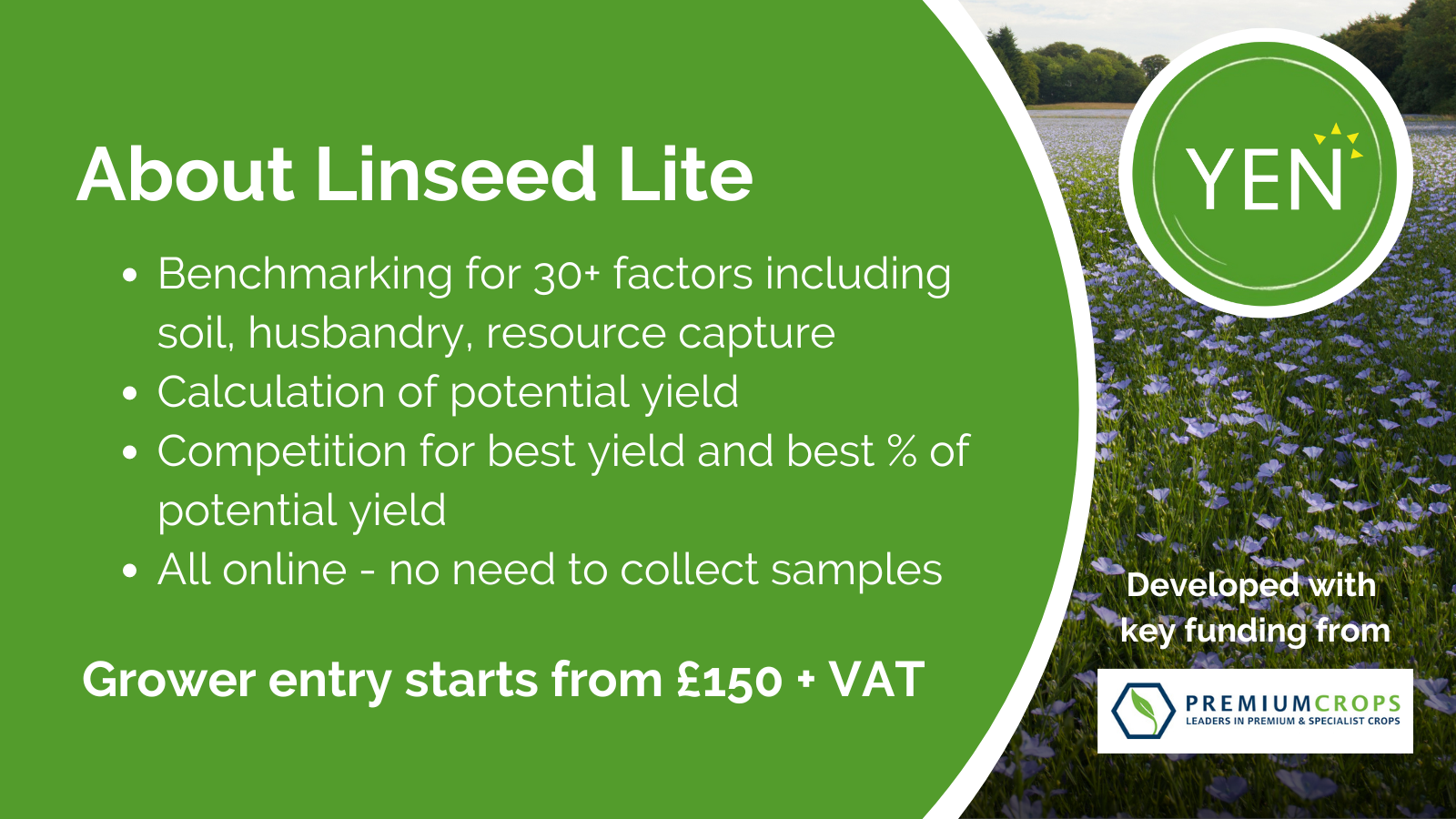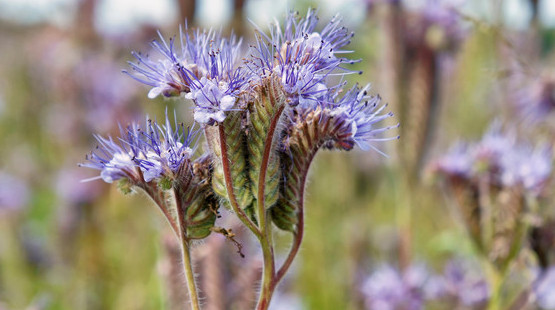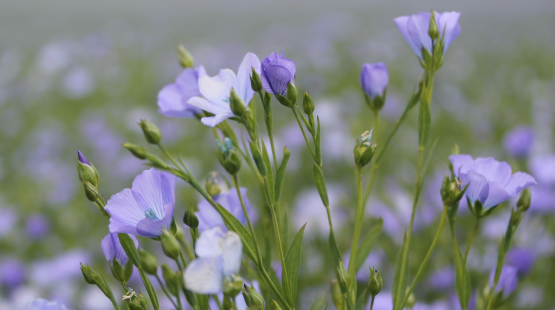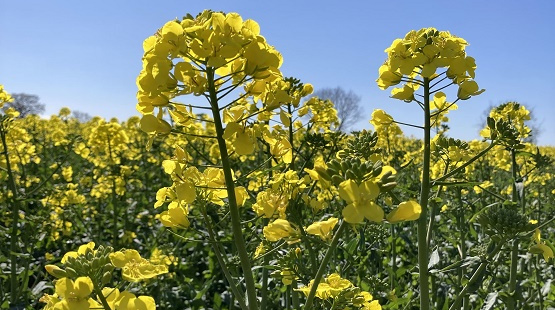Winter Linseed
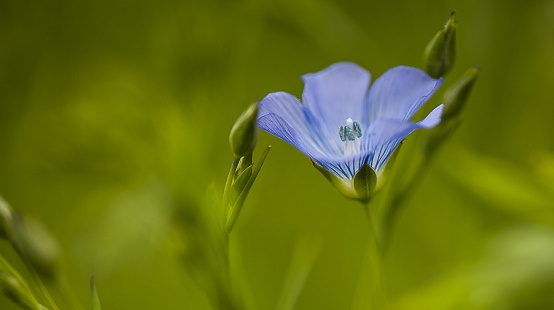
The largest buyer of Linseed in the UK
As market leaders our customers benefit from our established supply chain to added value customers throughout Europe. This means that we offer a consistently high and stable price for conventional Linseed but with the added security of no yield risk to the producer.
Winter break crop comparison
With many growers questioning the viability of OSR due to cabbage stem flea beetle, Winter Linseed is the ideal alternative to Winter Beans or Oats. Beans and Oats are no longer cheap to grow and do not have the margin potential of Winter Linseed. Increases in herbicide cost, as well as reduced reliability in controlling weeds such as volunteer OSR, Charlock and Grassweeds make these crops riskier.
- Solves many of the problems associated with excessive over cropping of Rape
- Reduces build-up of OSR as a weed
- Allows excellent control of Runch, Charlock and Cranesbill
- Halts declining OSR yields from club root and virus infections
- It is not a target for cabbage stem flea beetle as it is not a brassica
- Reduces slugs in subsequent Wheat crops
- Rabbits and Deer do not find Winter Linseed attractive to graze. Some test grazing will take place but no large scale feeding
OSR is widely grown because it is harvested early, allowing early establishment of following Wheat crops with optimum timeliness and soil conditions. Winter Linseed also provides these benefits, but without the slug and beetle risk.
Industry uses
- Linseed naturally contains the highest level of Omega 3 of any seeds
- Varieties are screened for Omega 3 content
- Utilising the Omega 3 in Linseed for animal feed is a giant European market
- Visit the Bleu-Blanc-Coeur website to discover more about how improving aniimal health can improve human health too.
Premium Crops is proud to sponsor the Oilseed Yield Enhancement Network (YEN) - The network strives to increase industry growing standards through co-operation.
In 2024, Premium Crops funded the launch of Linseed YEN Lite, streamlining the YEN experience directly for Linseed growers. Premium Crops subsides membership fees for contract growers.
Contracts
Call us on 02392 632883 for the latest contracts available.
- Produce of an area contract – no fixed yield requirement
- Transparent fixed and minimum price terms provide transparency and low risk
- Network of stores to dry, clean or store on growers’ behalf
- No claims or rejections for visual quality
- No capped load charges for deliveries made direct to end-users
- Harvest movement available








